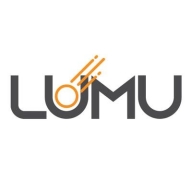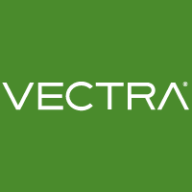

Vectra AI and Lumu are competitors in the cybersecurity sector. Lumu has the upper hand with superior features and dynamic threat management despite higher costs.
Features: Vectra AI offers advanced threat detection, robust network monitoring, and comprehensive data analytics. Lumu delivers fast threat identification, actionable intelligence, and real-time threat intelligence.
Room for Improvement: Vectra AI needs better real-time alerting algorithms, streamlined integration processes, and more intuitive configuration settings. Lumu could enhance data consolidation, expand compliance reporting capabilities, and improve data correlation features.
Ease of Deployment and Customer Service: Vectra AI provides easy deployment with comprehensive customer support aiding integration. Lumu allows quick deployment but has mixed customer service feedback, offering flexible deployment models.
Pricing and ROI: Vectra AI is seen as having favorable pricing with positive ROI perceptions. Lumu, despite a higher initial setup cost, is valued for its features and intelligence, providing satisfactory ROI due to its effective threat management.


Lumu Technologies is a cyber-security company that illuminates threats, attacks, and adversaries affecting enterprises worldwide. Using actionable intelligence, Lumu provides a radical way to secure networks by enhancing and augmenting existing defense capabilities established over the past 25 years.
Vectra AI is used for detecting network anomalies and potential malicious activities, providing visibility into network traffic and enhancing threat detection across environments.
Organizations deploy Vectra AI mainly on-premises with additional cloud components. It helps with compliance, incident response, security monitoring, detecting insider threats, and correlating network events. Vectra AI captures and enriches network metadata, provides detailed dashboards, reduces false positives, and supports cross-environment behavioral analysis to enhance threat detection and prioritization. While valued for its high accuracy and alert aggregation, it has room for improvement in UI/UX, packet management, and integration with SIEMs and other tools. It is noted for expensive pricing and limited proactive threat response features.
What are Vectra AI's most valuable features?In specific industries, Vectra AI is deployed to monitor complex networks and alleviate challenges in threat detection. It is particularly effective in sectors requiring stringent compliance and security measures, offering insights and capabilities crucial for protecting sensitive data and maintaining operational integrity.
We monitor all Intrusion Detection and Prevention Software (IDPS) reviews to prevent fraudulent reviews and keep review quality high. We do not post reviews by company employees or direct competitors. We validate each review for authenticity via cross-reference with LinkedIn, and personal follow-up with the reviewer when necessary.